Krylon paint reflective values
PupillaCharites
10 years ago
Related Stories
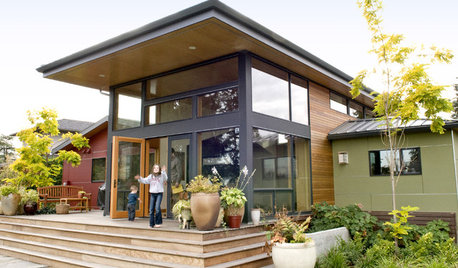
SELLING YOUR HOUSE10 Ways to Boost Your Home's Resale Value
Figure out which renovations will pay off, and you'll have more money in your pocket when that 'Sold' sign is hung
Full Story
MOST POPULAR5 Remodels That Make Good Resale Value Sense — and 5 That Don’t
Find out which projects offer the best return on your investment dollars
Full Story
GREEN BUILDINGInsulation Basics: Heat, R-Value and the Building Envelope
Learn how heat moves through a home and the materials that can stop it, to make sure your insulation is as effective as you think
Full Story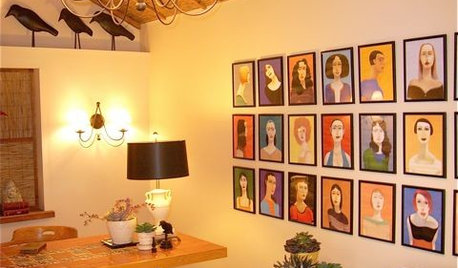
DECORATING GUIDESExpert Talk: Portraits Take Rooms Beyond Face Value
Adding depth and intrigue, portraits also sit well with these pro designers for putting a personal stamp on interior designs
Full Story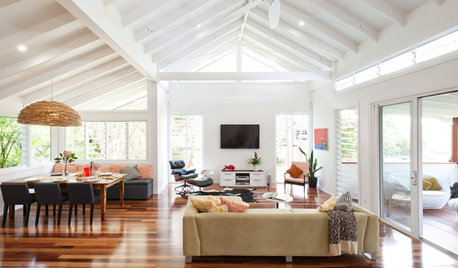
LIFE8 Ways to Tailor Your Home for You, Not Resale
Planning to stay put for a few years? Forget resale value and design your home for the way you live
Full Story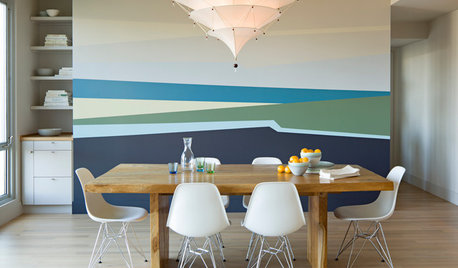
DECORATING GUIDESGet the Scoop on Finding the Best Paint for Your Money
Scoring the best deal on paint for your home may have nothing to do with advertised specials
Full Story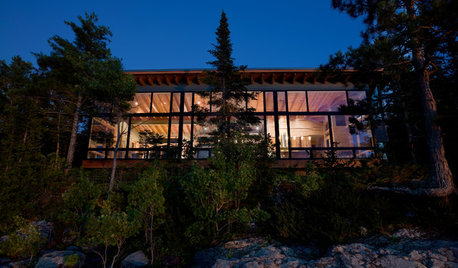
HOUZZ TOURSHouzz Tour: Modern Warmth for a Lake Superior Getaway
Wood and glass aplenty help a lakeside vacation home reflect its surroundings while opening to the view
Full Story
HOLIDAYSShine Up Your Holidays With DIY Mercury Glass Globes
Get expensive-looking decorations for the cost of paint and glass, with blinged-out orbs you can make at home
Full Story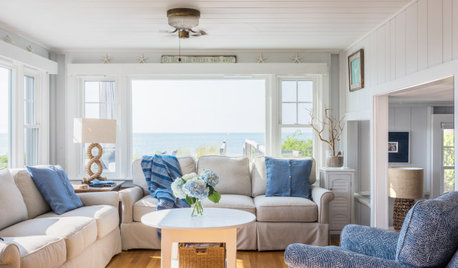
WHITEWhat to Know Before You Paint Your Walls White
A coat of white paint can do wonders in one room and wreak havoc in another. Here are tips for using the popular hue
Full Story
MOST POPULARThe Right Way to Test Paint Colors
Here are 5 key steps to take to ensure you're happy with your wall paint color
Full StoryMore Discussions







cole_robbie
PupillaCharitesOriginal Author
Related Professionals
Folsom Landscape Architects & Landscape Designers · Wheeling Landscape Architects & Landscape Designers · Aurora Landscape Contractors · Elgin Landscape Contractors · Williamsburg Landscape Contractors · Fair Lawn Landscape Contractors · Fort Payne Landscape Contractors · Pueblo West Landscape Contractors · Salem Landscape Contractors · San Pedro Landscape Contractors · Setauket-East Setauket Landscape Contractors · Seven Hills Landscape Contractors · Wayland Landscape Contractors · Silver Firs Landscape Contractors · Eastlake Landscape Contractorscole_robbie
PupillaCharitesOriginal Author
PupillaCharitesOriginal Author
grizzman
PupillaCharitesOriginal Author
grizzman
PupillaCharitesOriginal Author
grizzman
PupillaCharitesOriginal Author
grizzman
PupillaCharitesOriginal Author